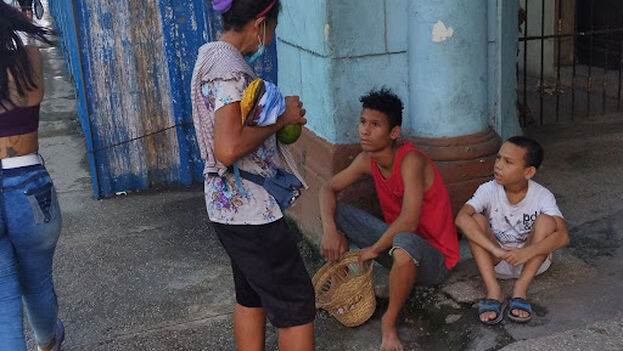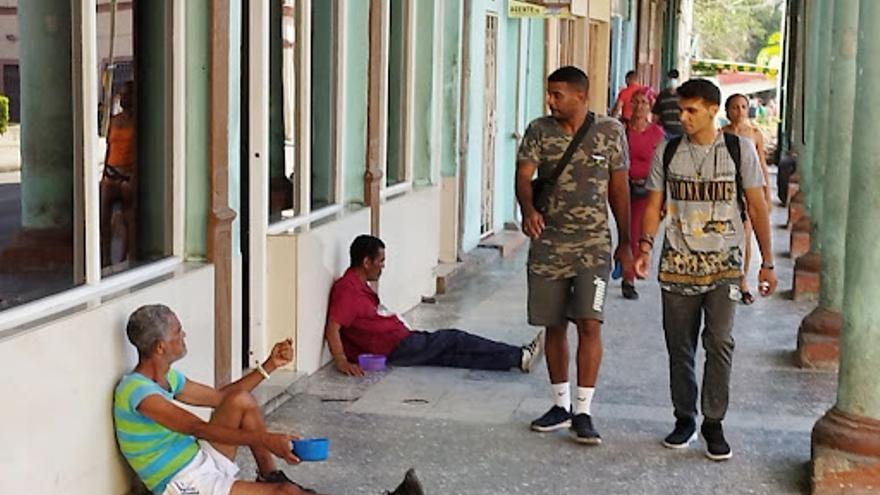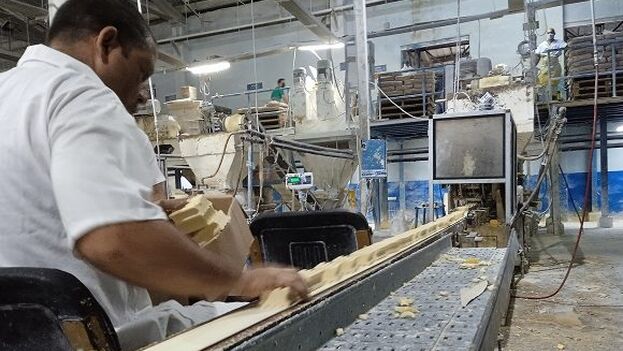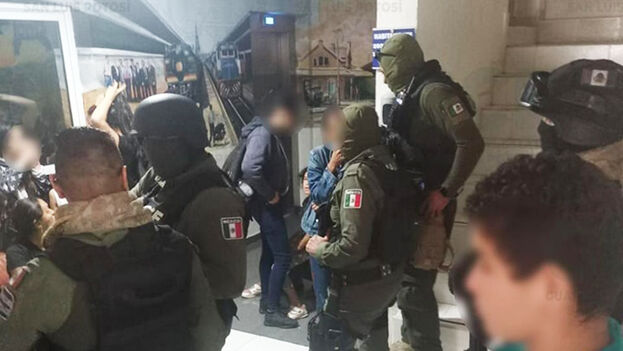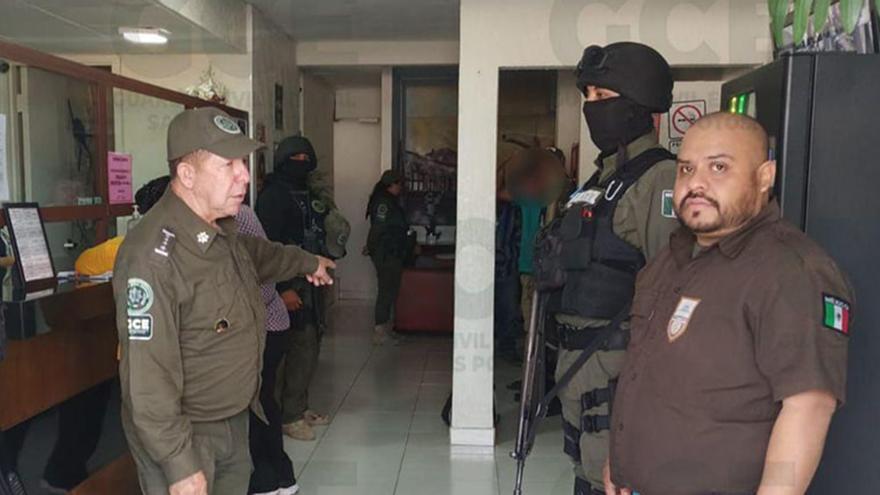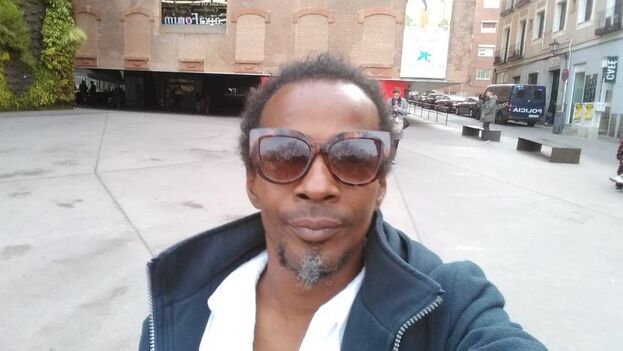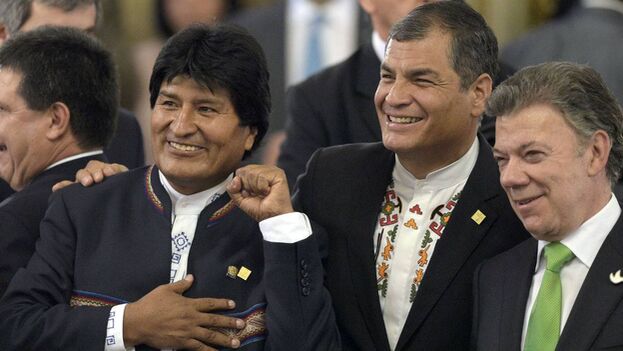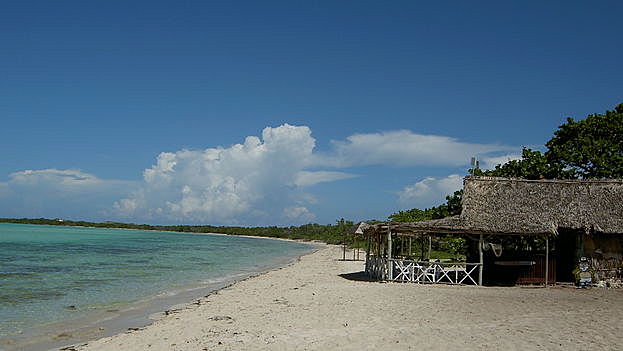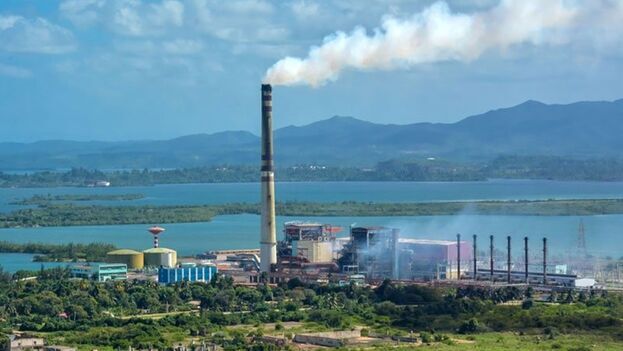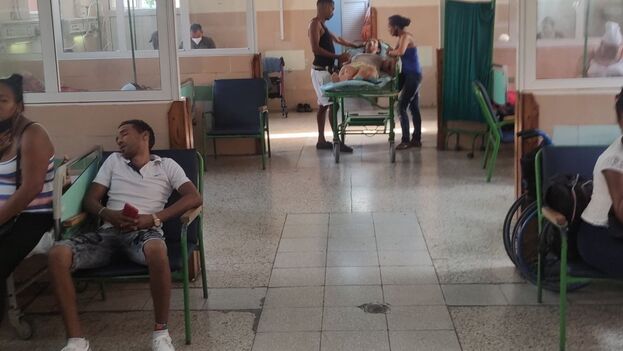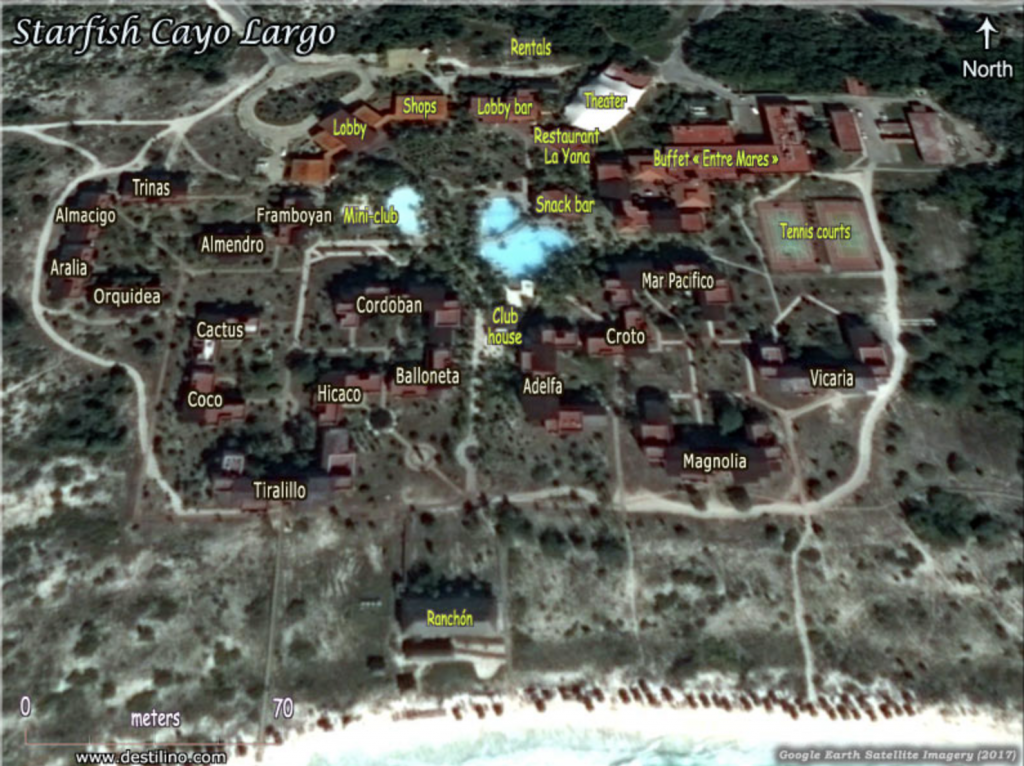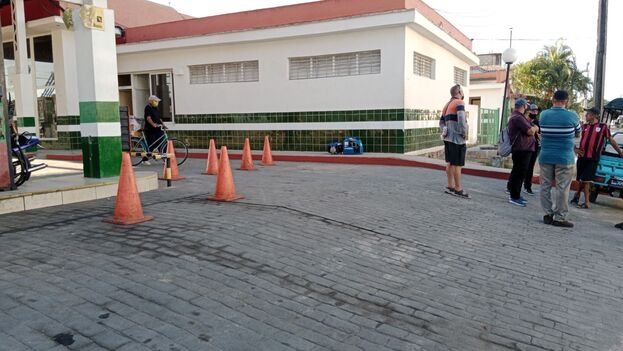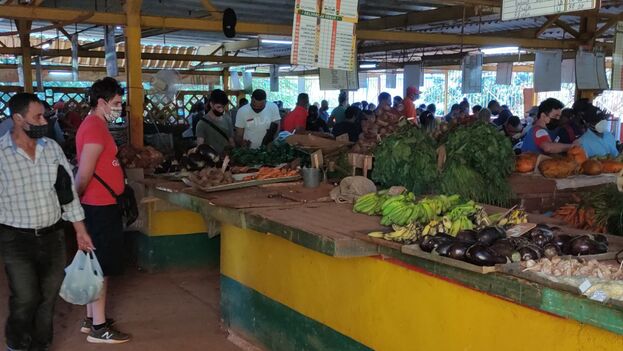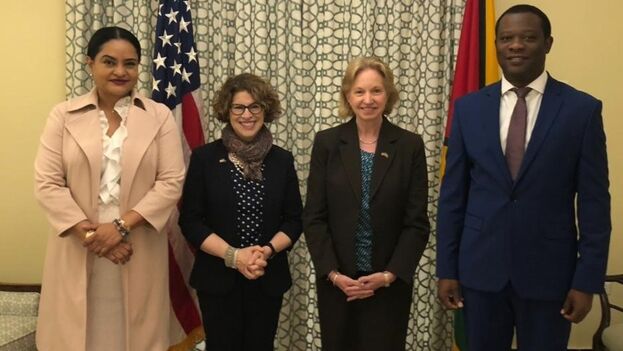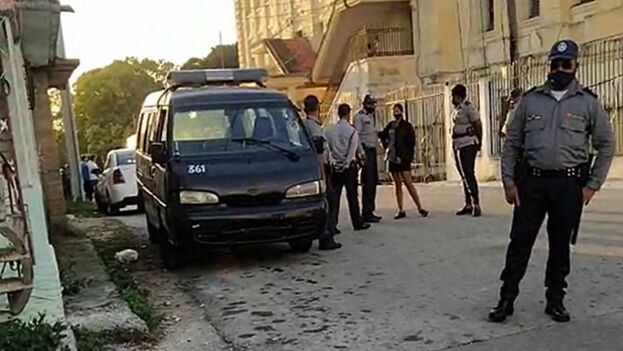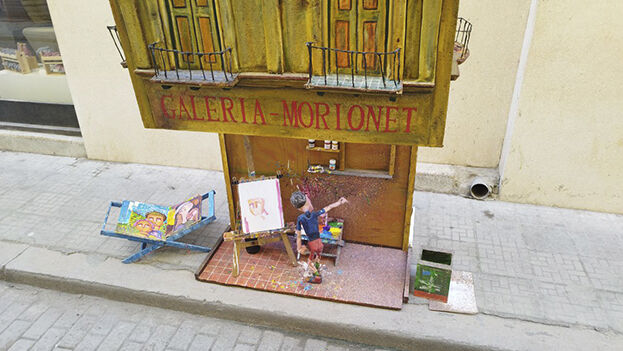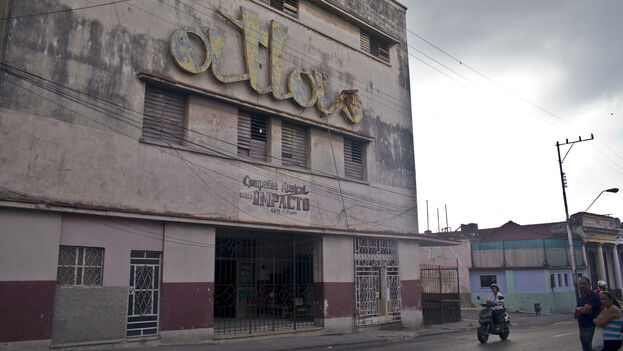
![]() 14ymedio, Yunior García Aguilera, Madrid, 9 November 2022 — To the grave situation in the sectors of economy, food, finance, energy, politics, social justice, migration and health — all from which Cuba is suffering — we may add a new crisis that could deliver the final death blow to a fading, crumbling model. Because if culture is the “sword and shield of the nation”, then culture’s current scenario would seem to point to the inevitable total breakdown of the system.
14ymedio, Yunior García Aguilera, Madrid, 9 November 2022 — To the grave situation in the sectors of economy, food, finance, energy, politics, social justice, migration and health — all from which Cuba is suffering — we may add a new crisis that could deliver the final death blow to a fading, crumbling model. Because if culture is the “sword and shield of the nation”, then culture’s current scenario would seem to point to the inevitable total breakdown of the system.
From the first minutes in which Díaz-Canel took power he was already stamping his signature on Decree 349 — which is aimed at increasing institutional control over artistic endeavour — and the passing of the decree would only prove to be the beginning of this unfortunate, hopeless and charisma-free little man’s headaches.
The newer generations of creatives championed an independent art scene, one that could make the most of the tiny opening seen in other sectors during the “Obama era”. But the party idealogues preferred a perestroika without glasnost. They were indeed forced to instigate a timid restructuring of the economy, but in no way were they disposed to giving up their iron control of the narrative.
At the Youth Show of the Cuban Institute of Art and Cinematographic Industries, ’El Cardumen’ (The School/Shoal) was established, which defended words such as inclusion, question, risk, equality. They declared on their manifesto: “Our films will continue to speak (…), even though they will try to gag us”. Elsewhere, Luis Manuel Otero Alcántara and Yanelys Núñez organised the ’#00biennial’, on the fringes of officialdom and managed to bring together around a hundred artistes. The creation of their San Isidro Movement would mark a decisive chapter in events that were starting to unchain themselves.
In 2019, in great haste, the ninth congress of the UNEAC (The National Union of Writers and Artists of Cuba) was convened. Its architects conceived the meeting as a dam which could hold back the turbulent cultural waters. But the epic songs of praise to the congress did not take into account an unforeseen event worthy of the Theban Cycle – the arrival of the pandemic.
On 27 November 2020 the abyss that has always existed between Cuban artists and the institutions that regulate cultural policy became unbridgeable again. [Ed. note: See also articles here.] Two months later, the pseudo-poet who served as minister was becoming a vulgar telephone snatcher, and a mob of fat old men would go out to beat up another group of young people in front of the sumptuous mansion (or barracks) in Vedado, where they attempt to direct culture. continue reading
Ever since [the popular song of 1916] La Chambelona, and even before that, songs have always played a decisive role in Cuban political battles. For that reason the tremendous impact of Patria y Vida has not been a surprise, chanted, as it was, in the streets during the biggest social unrest ever seen in the country. It was of no use that the regime charged their hard hitter, Raúl Torres, with the task of getting the government out of a difficult spot. While Patria y Vida was shared millions of times and was awarded two Latin Grammy prizes, including Song of the Year, its counterpart, Patria o Muerte por la Vida, got tens of thousands of “dislikes” in just 72 hours.
With the slogan “Give Your Heart to Cuba“, official journalism took it that it ought to become more “cool” — in reality, the worst “cool press” possible. So national television would be filled with gossip programmes, such as “With Edge”, where bitching about people becomes the norm.
After 11J [the 11 July 2021 protests], a handful of artists with deserved recognition for their work, decided to face their fears and break their silence. Many of them publically renounced their membership of UNEAC or AHS because both organisations decided to turn their backs on their own members in order to yield to the despots who gave the orders.
Today, Cuban culture is suffering the greatest exodus of talent that has been seen to date. State budgets for the arts have been reduced more than ever before, and the paintings that they hang in front of the institutions possess neither workmanship nor artistic merit, nor leadership.
And to make matters worse, the numbers provided by the Annual Directory of Statistics are overwhelming. A quick comparison of the years 2018 and 2021 would be enough to show the magnitude of the disaster. From 1,765 titles published earlier, the figure goes down to just 527. In only three years 5 ’Casas de la Trova’ (music venues), 6 bookshops, 14 theatres, 19 cinemas, 26 arts centres and 27 art galleries have been lost. During that same period, more than 20 theatre companies and almost two thousand professional music groups have disappeared.
This carnival of mediocrity has laid bare another myth of the Revolution: In “The time of the mameys” [ed. note: “The moment of truth’] the first thing they’re ready to sacrifice is precisely: culture.
Translated by Ricardo Recluso
____________
COLLABORATE WITH OUR WORK: The 14ymedio team is committed to practicing serious journalism that reflects Cuba’s reality in all its depth. Thank you for joining us on this long journey. We invite you to continue supporting us by becoming a member of 14ymedio now. Together we can continue transforming journalism in Cuba.

